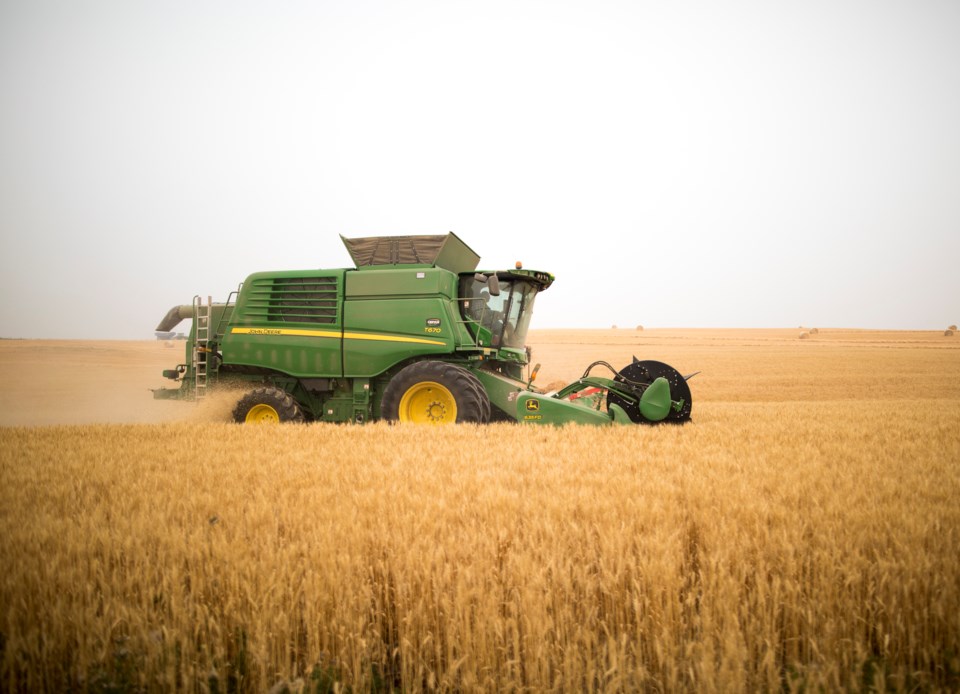Foothills producers may have to stock up on ammo if they want to manage the gopher population on their lands.
On March 3, Foothills County was informed the Canadian government is pulling the registration for strychnine, so it will not be permitted for pest management after 2022. While the County does not apply strychnine directly, it is a distributor of the chemical for farmers in the area to combat Richardson’s ground squirrels.
“We can sell it this year and producers have until 2023 to use up what they have in stock,” said Jeff Porter, County agricultural services manager. “If they use it after that point in time they would be in contravention of registration and PMRA (Pest Management Regulatory Agency) could charge them.”
He said in January the County was led to believe by specialists with the Province that strychnine would be re-registered, but following its five-year review by PMRA the federal government announced it would not be renewing the registration.
Porter said the review was based on decades-old information.
“It was based on bad science, based on a study that was done in the ‘80s that was, if anything, biased in one direction,” he said.
Since that time, he said there have been many studies refuting the one done in the 1980s, but they were not taken into account in the government’s review.
The main issue with strychnine is the possibility of off-target poisoning, such as a gopher dying above ground and being eaten by a predator. There have also been some documented instances of improper use, said Porter.
Without strychnine, he said the most common secondary method of managing ground squirrels is by shooting them, but it is by far the most time-consuming method.
“You have to basically sit there all day,” said Porter. “With being able to use a toxicant you go out, do your work, and it might take a couple of hours to do a quarter section but then you’re done.
“Shooting you have to remain there and you’re maybe not getting them all.”
That’s a problem, because the Richardson’s ground squirrels are notorious for eating young crop and reducing yields, as well as damaging the field, which can also pose an issue for livestock that can break legs if they step into a gopher hole.
They can also attract predators to the land like badgers, coyotes or eagles, which also puts livestock at risk, he said.
There are other products farmers can use, but he said they take several applications as opposed to the one feeding of strychnine necessary to wipe out the pests.
Foothills County is approaching MP John Barlow to see whether he can address the issue and bring attention to the effects the government’s decision will have on producers in Alberta and Saskatchewan, where provincial governments have lobbied for the continued use of strychnine.
“It’s very effective, very efficient, and we’re hoping John can raise questions around PMRA’s review of it and see if the appropriate process was followed,” said Porter. “Whether he can do something or not, he can at least bring some attention to the fact it was a flawed process that went through.
“Once it’s gone, the chances of us getting it back are probably very reduced if not nil.”




